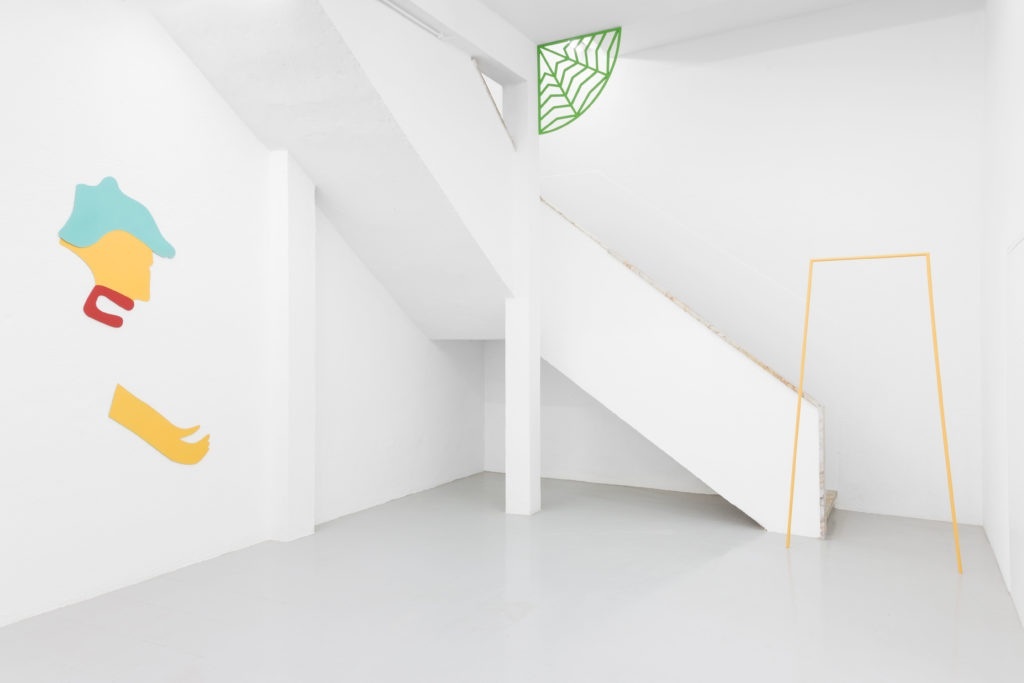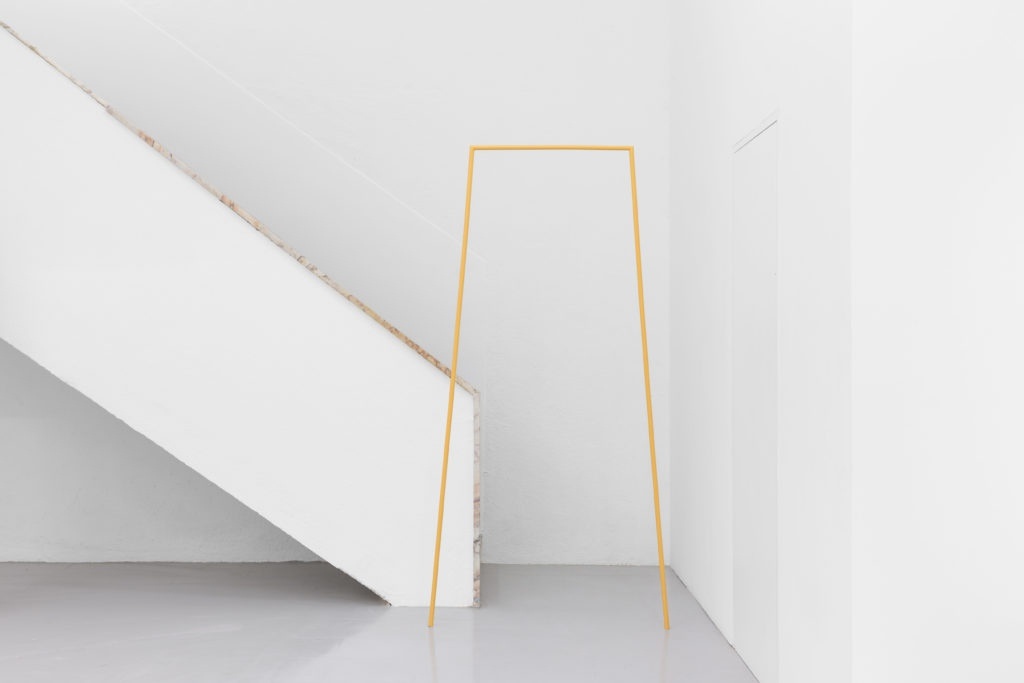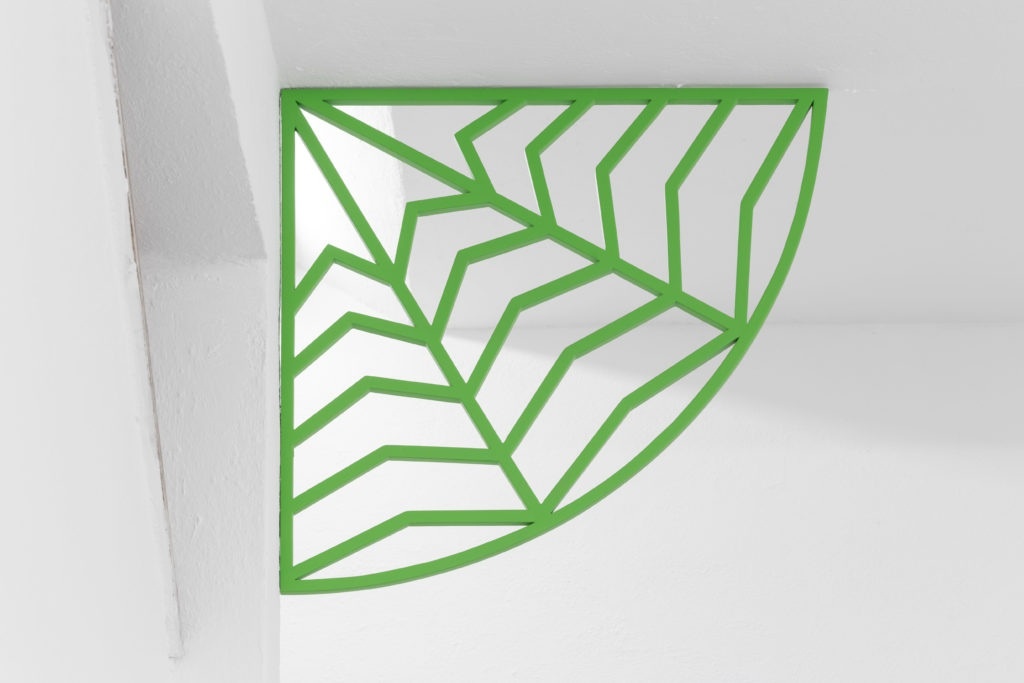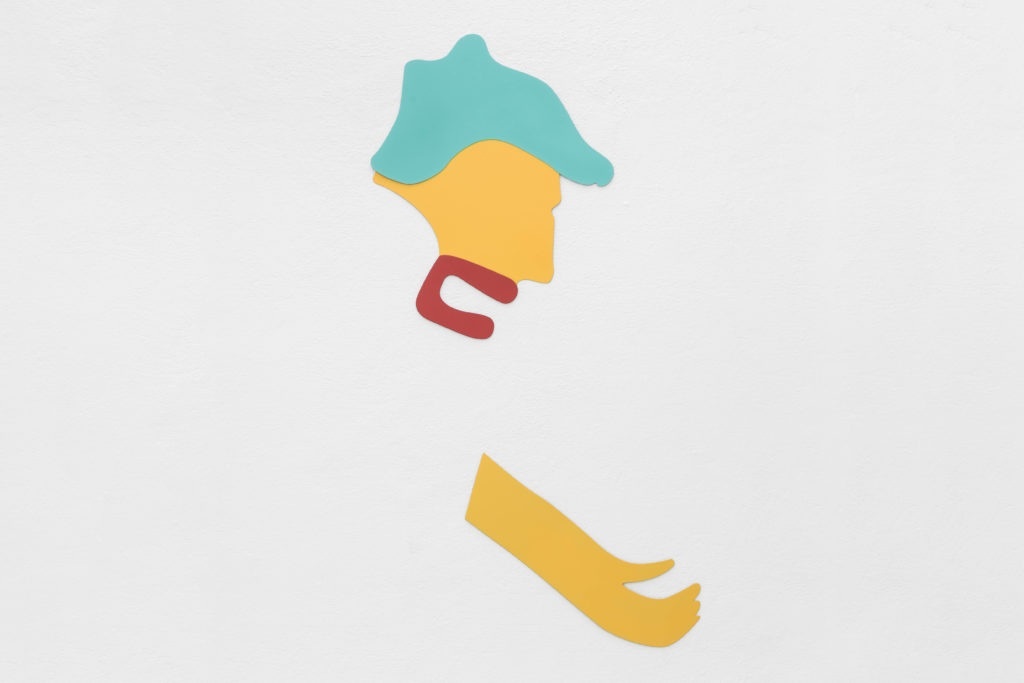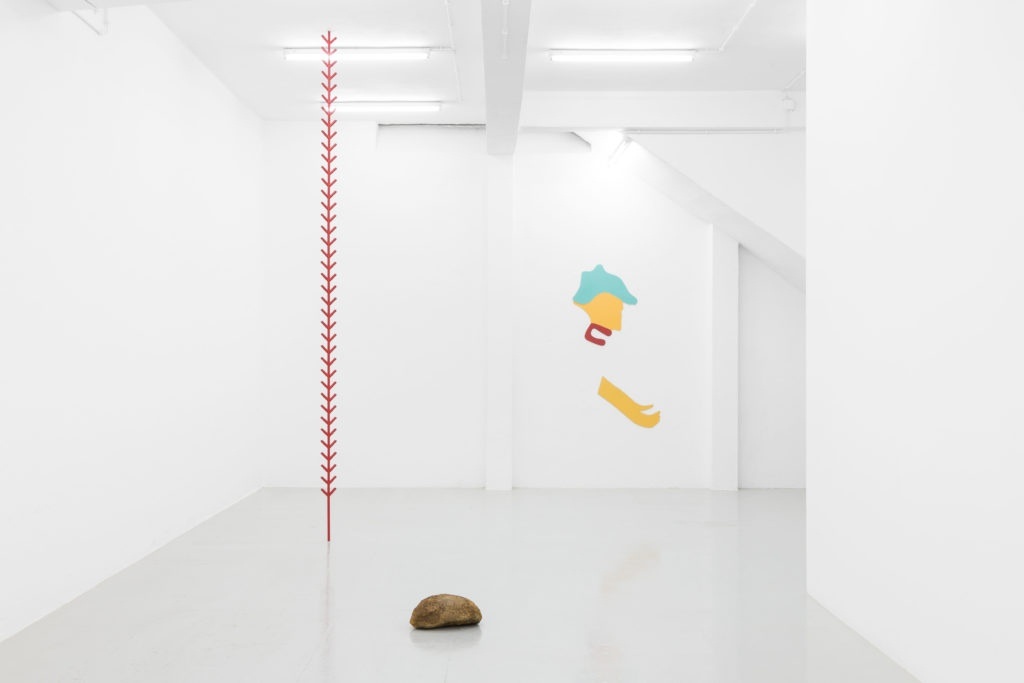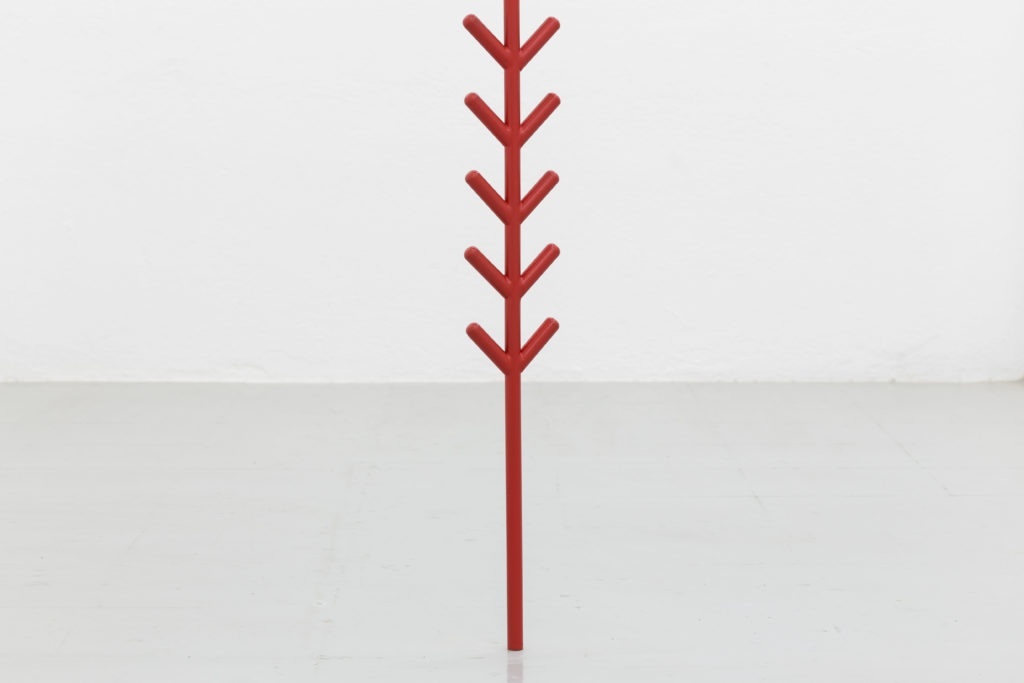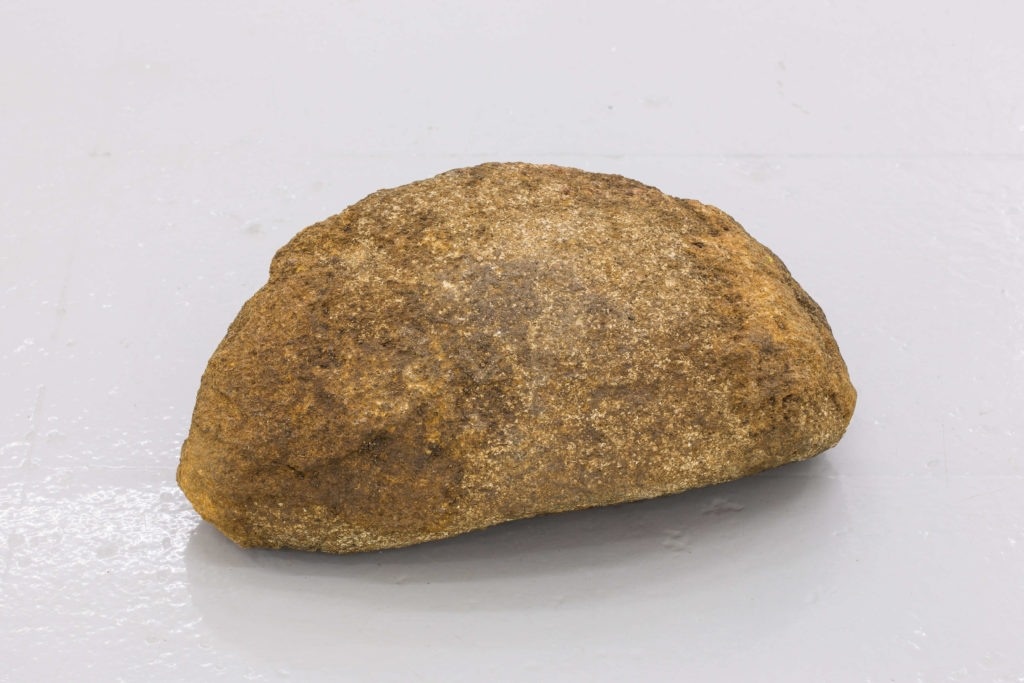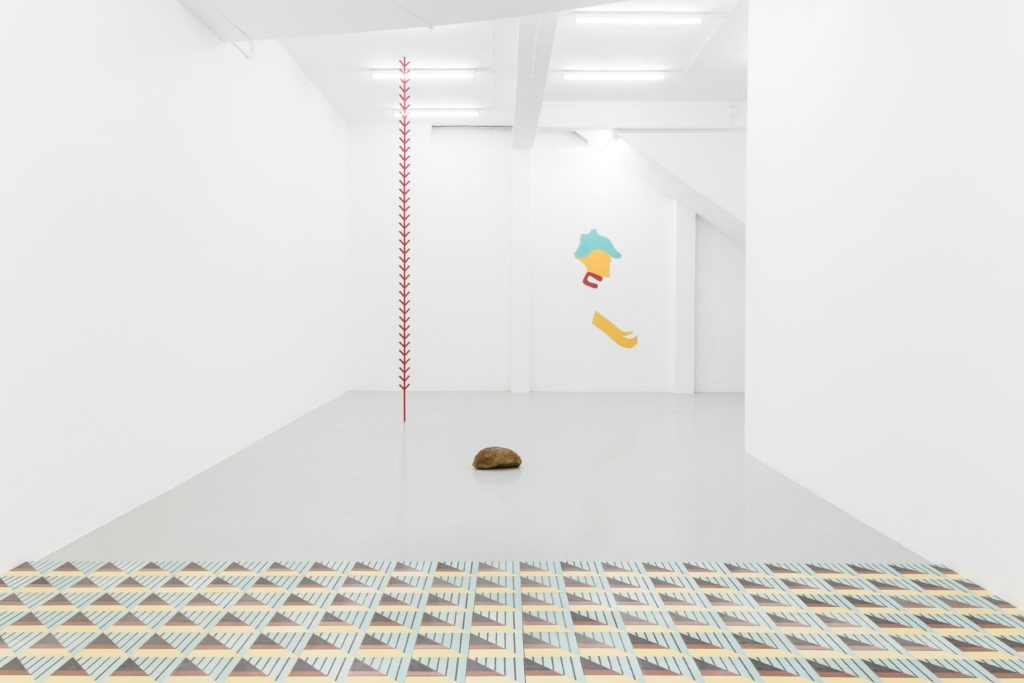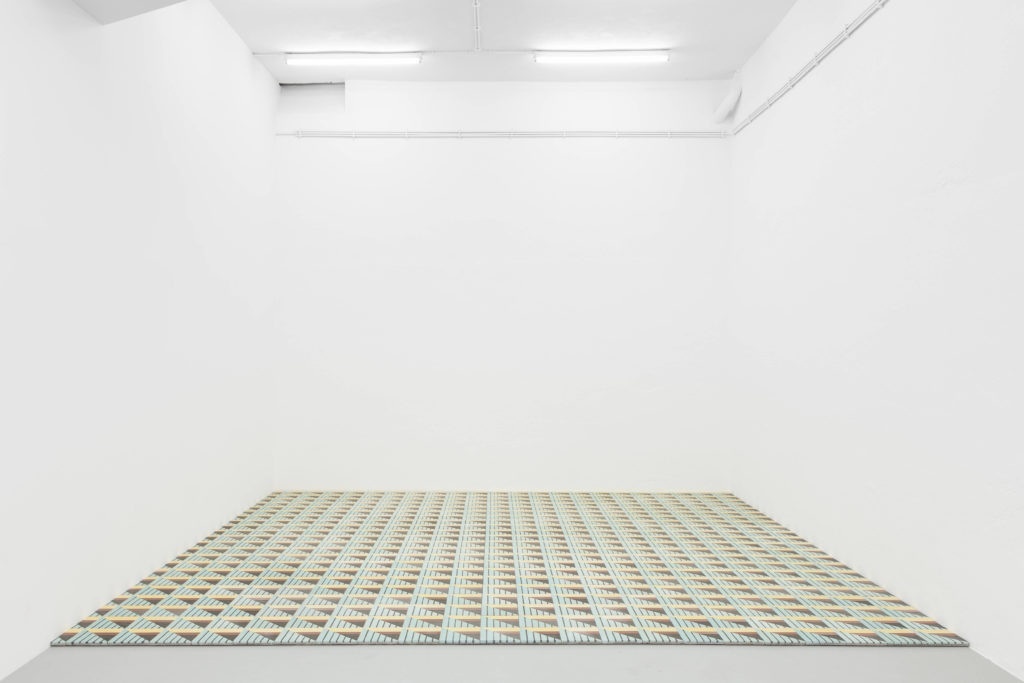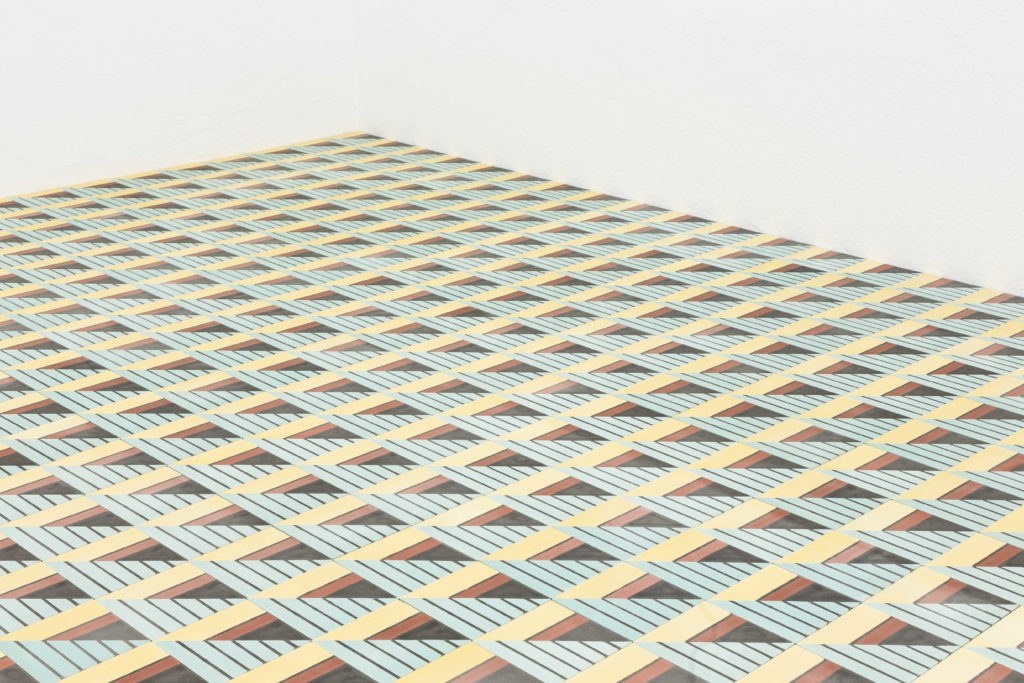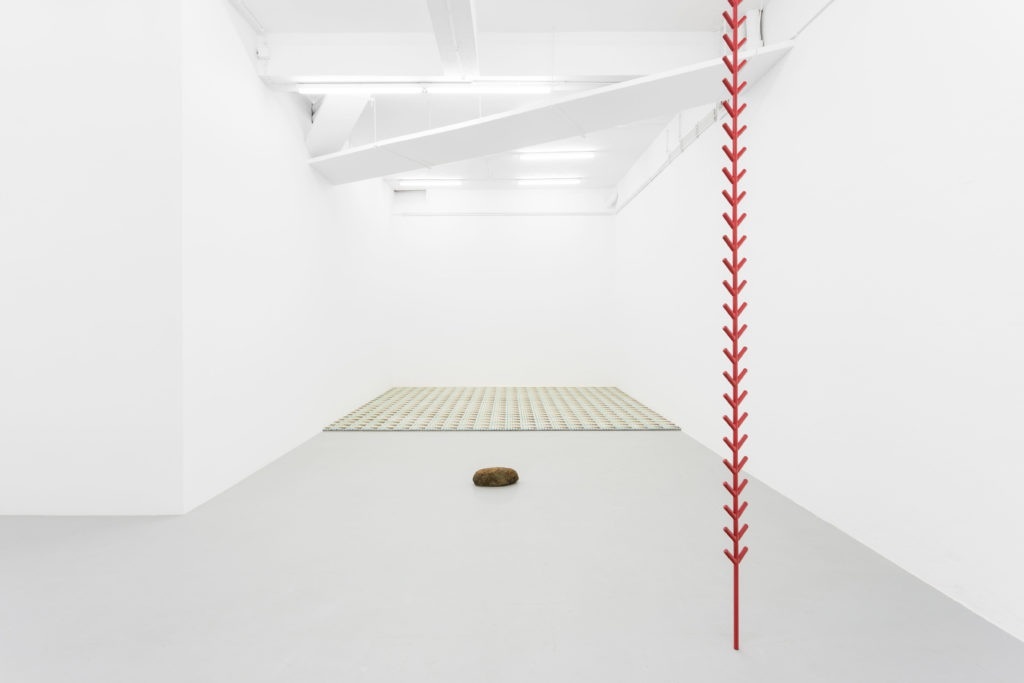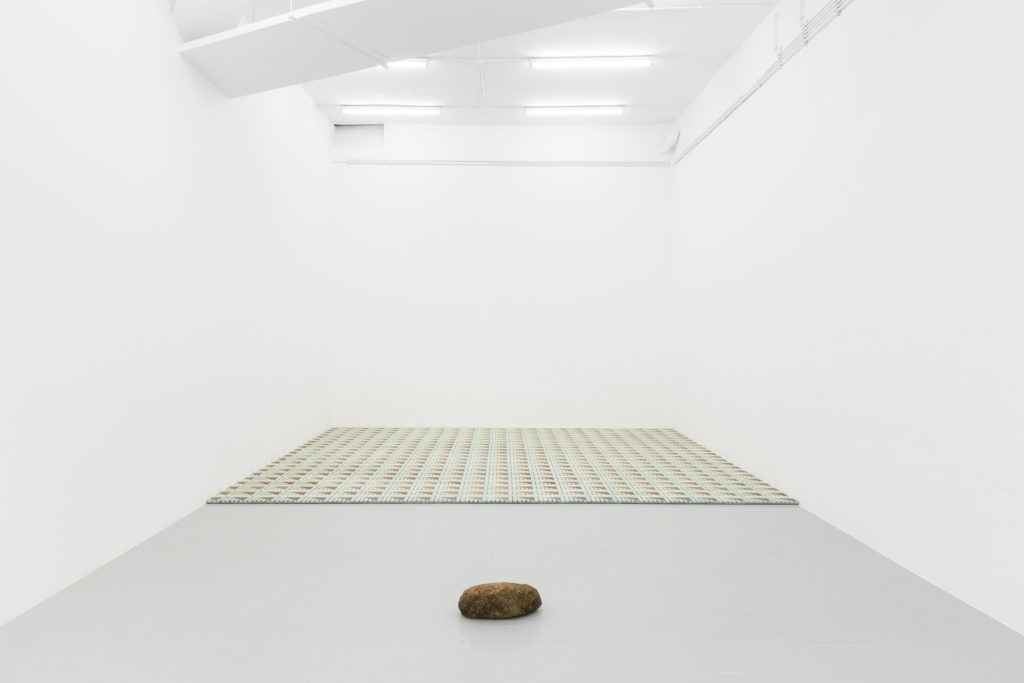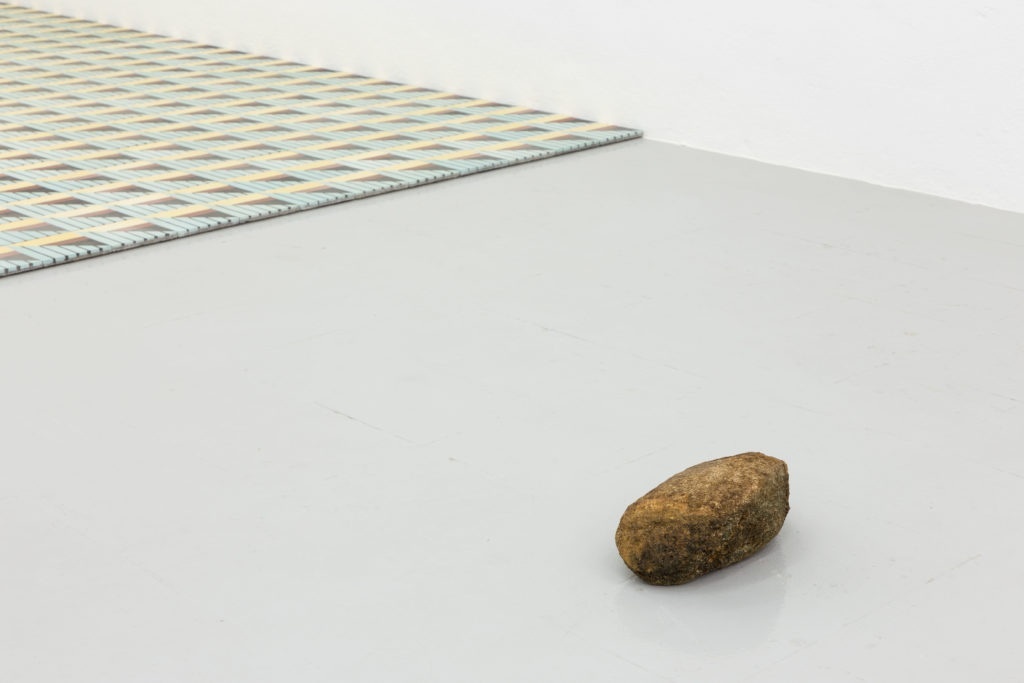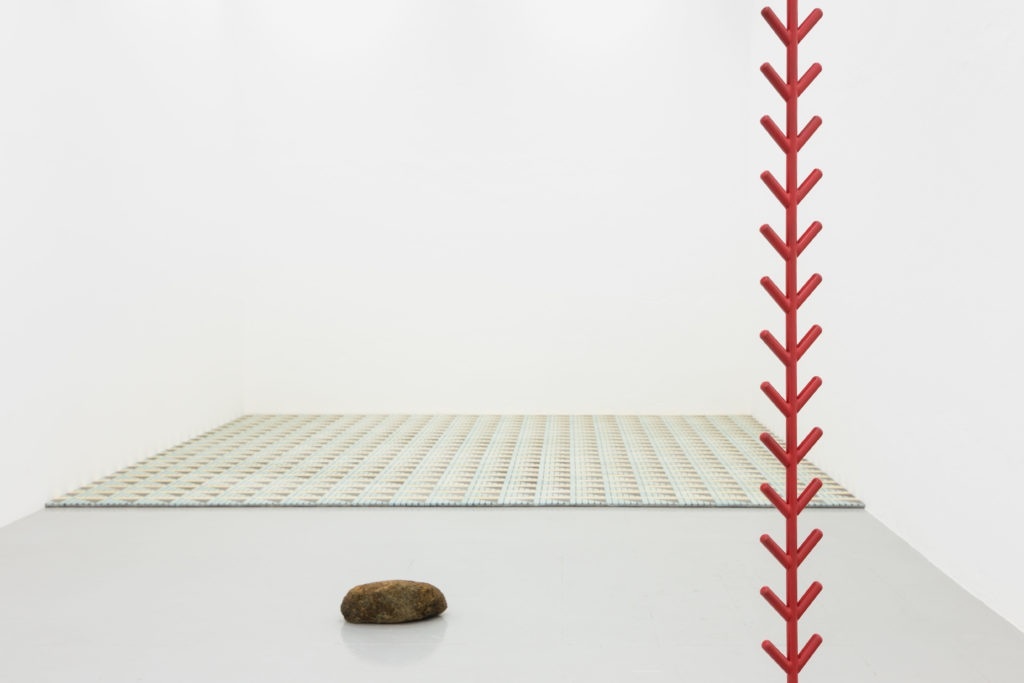Engel Leonardo: Faro
Kunsthalle Lissabon presents Faro, the first solo show in Portugal by Engel Leonardo (Bani, Dominican Republic, 1977, lives and works in Santo Domingo, Dominican Republic). The exhibition opens on October 12th at 6:30 p.m., and is open to the public from October 13th to November 30th 2018.
On October 12, 1492, the fleet led by Christopher Columbus, in the service of the Catholic Kings of Spain, reached the island of San Salvador in the Bahamas, convinced that they had arrived in India. This date marks the beginning of a period of contact, expansion, exploration, conquest and colonization of the American continent by the Europeans that took place during the following centuries.
In 1992, in time for the celebration of the 500th anniversary of the discovery of America, but with a delay of more than sixty years, the Columbus Lighthouse (Faro a Colón, in Spanish) was inaugurated in Santo Domingo, capital of the Dominican Republic. The monument commemorates the discovery of the continent while also housing the supposed remains of the European conqueror.
The Columbus Lighthouse was the result of an international architecture competition organized in 1928 by the Pan-American Union and intended to provide the city of Santo Domingo with a mausoleum for the remains of Colombo, an airport, a presidential palace, as well as some other functions. Inspired by the vision of Pan-Americanism as an expression of the unity of the peoples of America, the competition was described, at the time, as the greatest competition of architecture ever organized. The first phase included 456 projects from 48 countries. The jury consisted of Horacio Acosta y Lara, Eliel Saarinen and Raymond Hood, later replaced by Frank Lloyd Wright. The proposal of Joseph Lea Gleave, a young British architect, was the winner, and construction began in 1931.
Among the projects submitted by Latin American architects is that of the Brazilian Flávio de Carvalho. A controversial figure, an architect with few projects built and an outsider of Brazilian modernism, his production in areas such as painting, sculpture, design, stage design and theater was quite remarkable, having been a prominent figure in the local development of performance as an artistic medium. His eccentric personality, unconventional interventions and critical reflections scandalized the conservative sectors of the São Paulo society of his time. Carvalho's proposal for the Columbus Lighthouse combined a futuristic-inspired beacon tower with a gigantic base reminiscent of pre-Columbian shapes and surrounded by neocolonial arcades. The decoration of the interiors included abstract interpretations of motives of the Marajoara, Guarani, Mayan and Toltec cultures, made by Carvalho himself.
Drawing on sculpture and installation, as well as site-specific interventions, Engel Leonardo's work investigates issues related Caribbean's nature, climate, traditions, architecture and popular culture. The production of objects and the associated psychological and social functions are of particular interest to the artist, who works from a detailed process of observation and questioning of his own context.
In Faro, Leonardo departs from the modern desire for unity manifested through the Pan-Americanism of the early 20th century, embodied in the architectural contest for the construction of the Columbus Lighthouse, which nonetheless reproduced the logics of European colonialism. Revisiting the proposal of Flávio de Carvalho, instead of the winning project, Leonardo traces an alternative narrative of American union that does not shy away from notions of colonization, exploration, evangelization and salvation of the indigenous communities.
Faro opens with a door frame, a portico sculpture that marks, in some way, the entrance into the narrative space of the exhibition. This piece is reminiscent of the gigantic doorposts that Flávio de Carvalho designed for the Columbus Lighthouse, based on examples from Inca architecture. On the wall, a piece of metal references the murals designed by the architect for the noble hall of the Lighthouse. These were modernist reinterpretations of representations of human form from the Toltec culture, which Engel Leonardo in turn also references in his work, in an endless cycle of critical citation and appropriation. At the back of the room, a mosaic floor piece
covers the floor of the exhibition space. Completely functional, this floor appropriates a motif designed by Flávio de Carvalho for the tiles that would have covered the surfaces of his Lighthouse. Engel Leonardo has been using several of these motifs, creating hydraulic mosaics that he uses as constituent elements of a sculptural body that initiated this research. In Faro, the mosaics are no longer simple elements for the elaboration of sculptures, finally fulfilling their initial utilitarian function.
In front of the mosaic floor is a stone from the collection of the Museo del Hombre Dominicano. It is a stone from the Yuboa Ceremonial Square, the most important square in the Taíno culture's territory, currently Dominican Republic and Haiti. The exhibition also includes two sculptural elements, in close dialogue with the architecture of the exhibition space and which are inspired by motifs of the native flora of the Americas as drawn by Flávio de Carvalho. A painted metal sculpture, which connects the ceiling and floor of the exhibition space, is reinterpreted by Leonardo as the vine-growing plant bejuco. Another sculptural element, in painted wood, occupies the junction of the ceiling with one of the pillars of the exhibition space and presents itself as a stylization of a palm leaf, a central element in any tropical fantasy.
Engel Leonardo (1977, Baní, Dominican Republic) lives and works in Santo Domingo, Dominican Republic. He studied in Facultad de Artes da Universidad Autónoma de Santo Domingo and in Altos de Chavón School of Design (affiliated with the Parsons School of Design in New York). A selection of his recent exhibitions includes United States of Latin America, MOCAD, Detroit (2015); Focus Latin America, ARCO, Madrid (2015); Rejas, Sillas, Vestidos, Muñecas y Plátano, Museo del Hombre, Santo Domingo (2014); Emergencia, TEOR/éTica, San José, Costa Rica (2014); UNFOLD, Ramos Mederos, Santo Domingo (2013); Moderno Tropical, 27th National Biennale of Visual Arts, Museo de Arte Moderno, Santo Domingo (2013); Under Construction: New Perspectives on Dominican Identity, William Road Gallery, London (2013); On Common Ground, Art Museum of the Americas, Washington D.C. (2012); 26th National Biennale, MAM, Santo Domingo (2011); 24th National Biennale (2007).
Kunsthalle Lissabon is generously supported by República Portuguesa - Direção Geral das Artes, Maria and Armando Cabral Collection and Teixeira de Freitas, Rodrigues e Associados. Additional support to Engel Leonardo's show by Davidoff Art Initiative and Polo Cultural Gaivotas-Boavista /CML.

